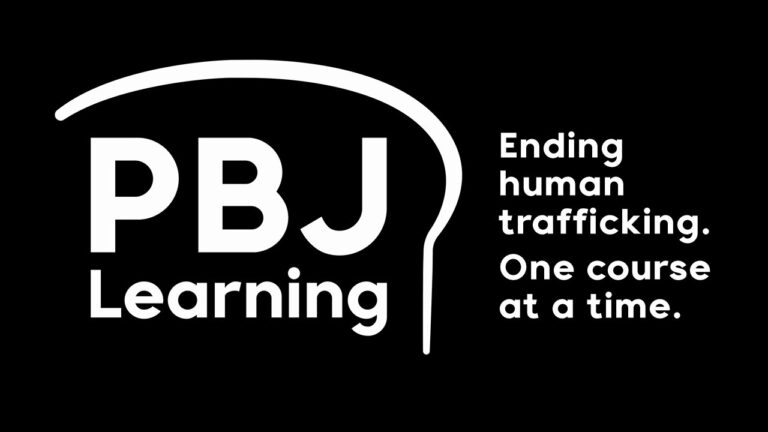“Humanizing the Prisons” The Atlantic Monthly, August, 1911, issue. Vol. 108, No. 2 (p.170-179).
August 1911Humanizing the Prisonsby Morrison I. Swift The State of Vermont contains a prison where the inmates are treated upon a novel plan. They are trusted and treated like other human beings; they come and go almost as freely as the members of the jailer’s own family; so far as possible whatever suggests punishment or…

